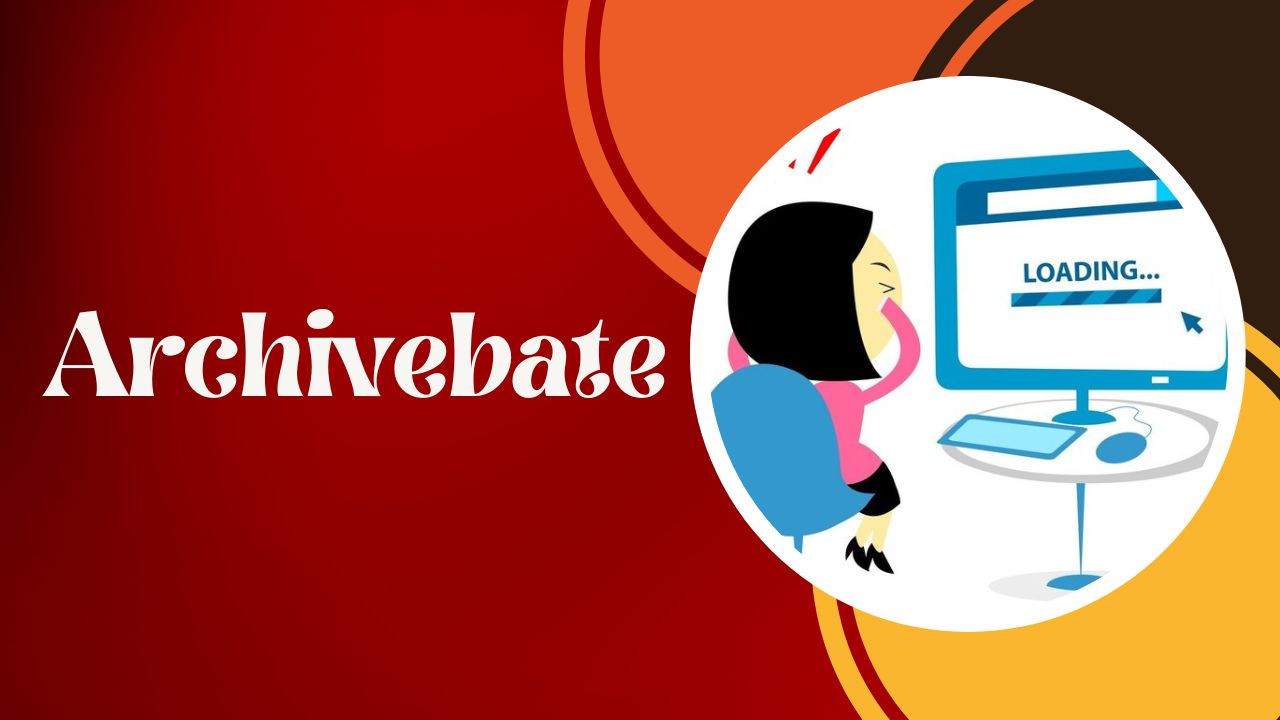
In this digital age, information is at our fingertips, and the world wide web is a vast repository of knowledge. But have you ever wondered what happens to the content that is no longer in the spotlight? How is it archived, and what mechanisms ensure its preservation? Welcome to the world of “archivebate,” where we dive deep into the fascinating realm of digital preservation.
Understanding the Significance of Digital Preservation
The Evolving Landscape of Information
In the Information Age, data is generated at an unprecedented rate. From social media posts to scientific research, our digital footprint grows exponentially. However, not all data stays relevant forever. To address this, we must understand the importance of digital preservation.
Historical Significance
Digital preservation allows us to retain valuable historical records, ensuring that future generations can access and learn from them. It’s not just about saving documents; it’s about preserving our cultural heritage.
Legal and Regulatory Requirements
Many industries are bound by legal and regulatory requirements to maintain data for a specified period. Compliance with these regulations is crucial, and digital preservation plays a vital role in achieving it.
The Digital Preservation Process
Selection
The first step in digital preservation is selecting what to archive. Not everything can be preserved, so careful curation is essential to ensure that only valuable content is archived.
Capture and Storage
Once content is selected, it needs to be captured and stored in a way that ensures its integrity. This involves creating digital backups, often in multiple locations, to guard against data loss.
Metadata Management
Metadata, or data about the data, is crucial for effective digital preservation. It provides context, making it easier to search and retrieve archived content.
Migration and Format Conversion
As technology evolves, older file formats become obsolete. Migration and format conversion are necessary to ensure that archived content remains accessible.
Challenges in Digital Preservation
Technological Obsolescence
One of the most significant challenges in digital preservation is keeping up with rapidly changing technology. Without regular updates, archived content may become inaccessible.
Storage Costs
Storing vast amounts of data can be expensive. Organizations must allocate resources to maintain their digital archives.
Legal and Ethical Concerns
Copyright issues, privacy concerns, and ethical dilemmas can complicate the preservation process. Striking a balance between access and protection is essential.
The Future of Digital Preservation
Advancements in Storage Technologies
As technology advances, new storage solutions are emerging. From cloud-based storage to cutting-edge archival methods, the future looks promising for digital preservation.
Collaboration and Standardization
Collaboration among organizations and the development of industry standards will streamline the digital preservation process and make it more effective.
Public Awareness and Education
Raising awareness about the importance of digital preservation and educating the public on how they can contribute will play a significant role in shaping the future.
Conclusion
In a world where information is constantly evolving, digital preservation stands as a testament to our commitment to preserving knowledge and history for generations to come. As technology continues to advance, so too will the methods and techniques employed in the art of archivebate.
FAQs
1. How do I start my own digital archive?
Starting your digital archive begins with selecting the content you wish to preserve, ensuring you have sufficient storage capacity, and understanding the legal and ethical considerations.
2. What is the role of metadata in digital preservation?
Metadata provides essential context and information about archived content, making it easier to search, retrieve, and understand.
3. Can individuals contribute to digital preservation efforts?
Absolutely! Individuals can contribute by donating historical content, supporting digital preservation initiatives, and promoting awareness of the importance of preserving digital heritage.
4. Are there any free tools for digital preservation?
Yes, there are free and open-source tools available for digital preservation, such as Archivematica and DSpace.
5. How can I ensure the long-term accessibility of my personal digital data?
To ensure the long-term accessibility of personal digital data, regularly back up your files, keep software and hardware up to date, and consider using trusted cloud storage services.
In conclusion, archivebate is not just a technical process but a cultural responsibility. It ensures that our digital heritage remains intact, enabling us to learn from the past and build a better future. So, whether you’re a historian, a data enthusiast, or simply curious about the digital world, dive into the world of archivebate and be a part of preserving our digital legacy.
Read Also: Unveiling the Hidden Meanings: Decoding Symbols on Telegram 2










One reply on “Archivebate: Unraveling the Intricacies of Digital Preservation”
[…] post Archivebate: Unraveling the Intricacies of Digital Preservation appeared first on Technology […]
Comments are closed.